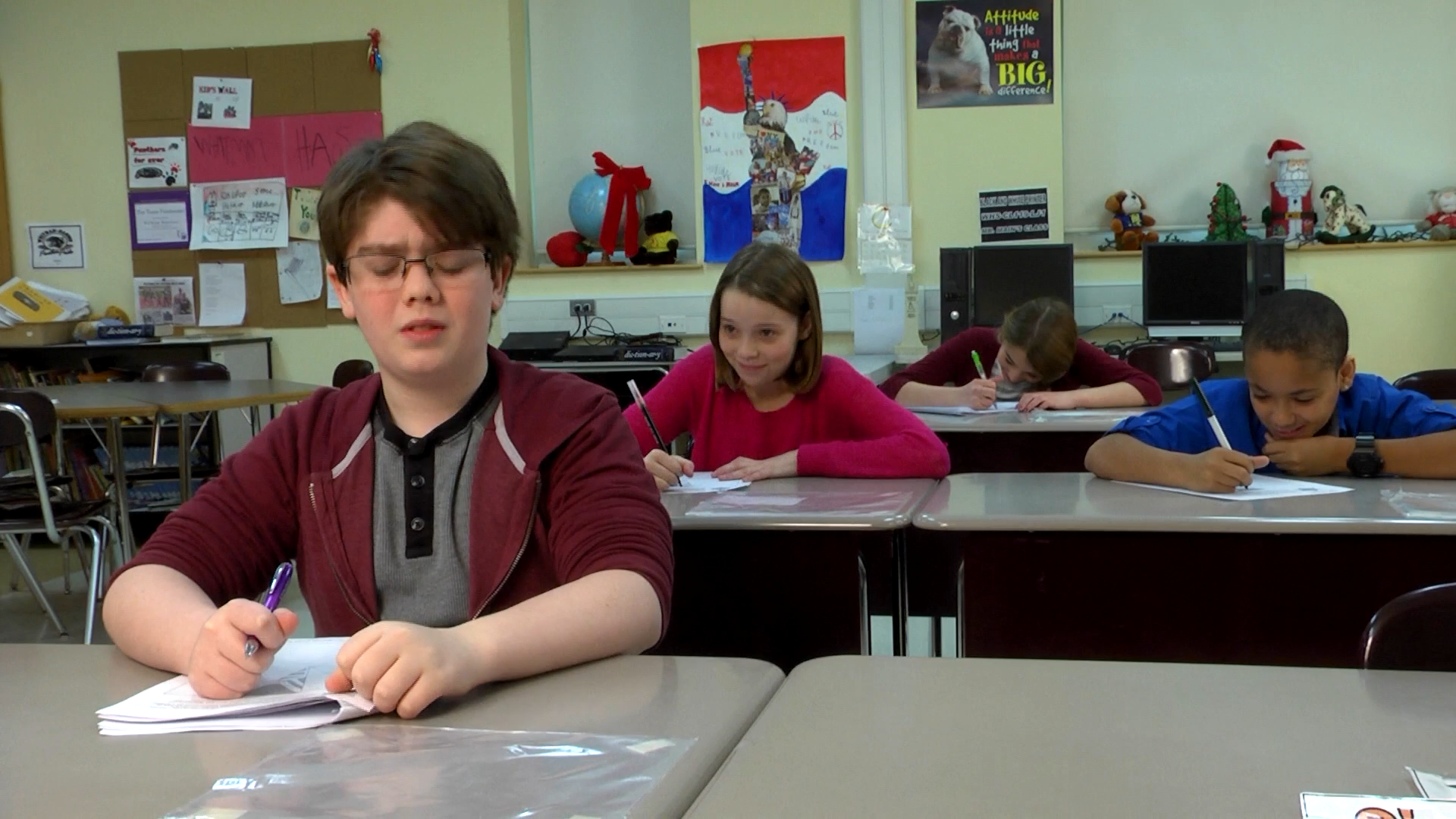
Introduction
Understanding the difference between public and private topics in social situations is an essential skill for students to develop. This skill helps students navigate various environments and engage in appropriate conversations according to the context. By incorporating principles of Social-Emotional Learning, educators can teach students to recognize where they are and adapt their communication accordingly. This blog post will provide a no-prep activity, discussion questions, and related skills for educators working with students in Special Education.
No-Prep Activity: Public vs. Private Topic Sorting
In this activity, students will learn the difference between public and private topics by sorting various conversation topics into two categories. This activity requires no preparation or materials from the educator.
- Ask students to sit in a circle or group.
- Explain the difference between public and private topics. Provide examples of each.
- Give students a topic and ask them to decide if it is a public or private topic.
- Encourage students to explain their reasoning for their choice.
- Continue with additional topics, allowing each student to participate and share their thoughts.
This activity helps students understand the importance of choosing appropriate topics for conversation based on their environment and the people around them.
Discussion Questions
- Why is it important to know the difference between public and private topics in social situations?
- How can we determine if a topic is public or private? What are some clues we can look for?
- What are some examples of public topics that are appropriate to discuss in a classroom or cafeteria?
- What are some examples of private topics that should be discussed only with close friends or family members?
- How can we politely change the subject if someone starts discussing a private topic in a public place?
Related Skills
Teaching students the difference between public and private topics is just one aspect of helping them develop effective communication skills. Here are some other related skills that educators can work on with their students:
- Active listening
- Non-verbal communication
- Asking appropriate questions
- Respecting personal boundaries
- Understanding social cues and body language
Next Steps
Now that you have learned about teaching students the difference between public and private topics in social situations, we encourage you to explore more resources and activities to support your students’ social-emotional learning. To access free sample materials and activities, sign up at Everyday Speech.





